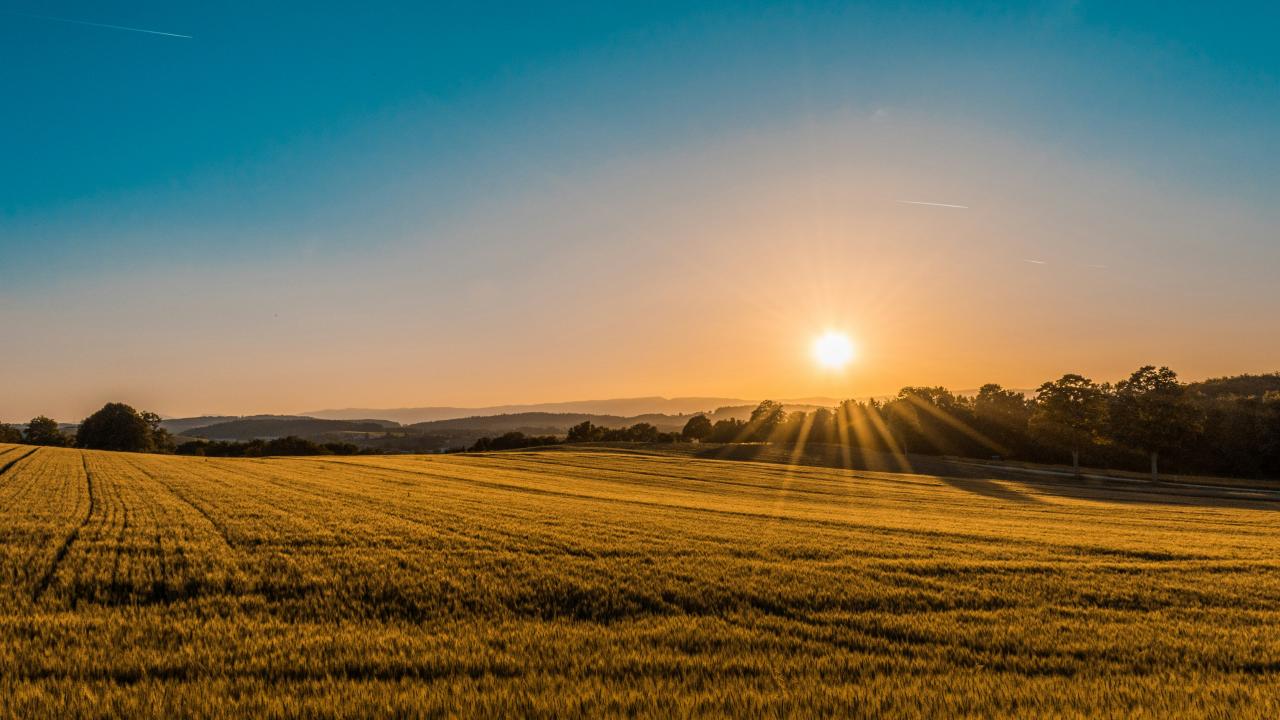Confidence up for Tasmanian farmers

TASMANIAN farmers are once again the most confident in the country after a turnaround in seasonal conditions and commodity markets sparked a major lift in sentiment.
The latest Rabobank Rural Confidence Survey, released today, found rural confidence had tracked up across the nation, but it was in Tasmania that confidence had gone from -16 per cent last quarter to 40 per cent now.
Nearly half of farmers or 48 per cent of those surveyed in the state now expect the agricultural economy to improve in the year ahead, double the 24 per cent with that view three months ago, when the impact of a late start to the season was eroding confidence.
The renewed optimism is mainly attributed to positive signals from key commodity markets, with rising prices listed by 64 per cent of respondents as cause for positivity, up from 23 per cent last quarter.
Tasmanian farmers with beef enterprises were the most optimistic about commodity prices rising.
Only eight per cent of Tasmanian farmers surveyed expect the agricultural economy to worsen in the next 12 months, a significant decrease from 40 per cent in the previous quarter.
And 41 per cent are anticipating economic conditions will remain the same. While drought dropped back as the leading concern among farmers this survey, which was completed last month prior to the recent rains, more than a quarter 27 per cent still nominated it as a factor negatively impacting the state’s agricultural economy in the year ahead.
However, this was down from 55 per cent last quarter. Fears about falling commodity prices remained at a similar level to the previous quarter, but concerns about rising input costs eased dramatically, nominated by 45 per cent of farmers last quarter, down to 17 per cent this survey.
There was also less concern about rising interest rates, nominated by 22 per cent, down from 34 per cent, in line with Rabobank’s revised forecast of no further RBA cash rate hikes this year.
Rabobank area manager for Tasmania, Stuart Whatling, said while the positive outlook was encouraging, the state’s farming sector is still navigating seasonal challenges, most recently with damaging storms in early September which battered many farms.
“All in all, this quarter really demonstrates the resilience of Tasmanian farmers,” he said.
“Although there were useful rain events through winter, conditions were very dry throughout winter.
However, we’re moving into spring and farmers are looking ahead to the new season and optimistic for a better outlook, especially with the recent rains.”
However Mr Whatling said Tasmanian farmers are definitely not out of the woods yet and a lot rides on the potential of a return to La Niña conditions in spring.
Rabobank state manager for Victoria and Tasmania Sally Bull said the other key driver for sentiment came from market signals.
“Commodity prices have rallied to provide some relief to farming margins,” Ms Bull said.
“The cost base to farming has risen substantially since 2020 – not only in terms of farm inputs like chemical and fertiliser, but also in freight and labour.
“The cost of freight is especially a burden in Tasmania, although many farmers will be hopeful that the recently announced Senate Review into the Tasmanian Freight Equalisation Scheme will level out some of the cost pressure associated with moving agricultural product across the Bass Strait.”
Mr Whatling said Tasmanian beef producers were afforded some relief with cattle prices rising through July in response to the US market, and Rabobank holds the expectation that prices should continue to rise in coming months.
Sheep producers have also seen positive market signals in recent months, with strong rises in sheepmeat prices in June and July, although there was a slight correction in the market in late July, during part of the survey period.
Despite the surge in positivity, Tasmanian farmers reported a reduced appetite for investing in their farm businesses.
Although the number of farmers who plan to increase their investment remained stable at 21 per cent, more now intend to decrease investment, 20 per cent, up from 10 per cent the previous quarter.
Fewer Tasmanian farmers intend to invest in on-farm infrastructure – such as fences, yards and silos – over the next 12 months, although it’s still an area of planned expenditure for nearly half of respondents.
“A lot of on-farm infrastructure projects were completed over the past 12 months,” Mr Whatling said.
“However, the recent dry spell continues to reinforce the importance of water infrastructure, and more farmers in this survey indicated they would invest in irrigation 35 per cent, up from 31 per cent last quarter.”
Interest in rural land purchase eased this quarter, with only five per cent of Tasmanian respondents planning to invest in property, but Mr Whatling said he expected to see livestock producers expand.

Add new comment